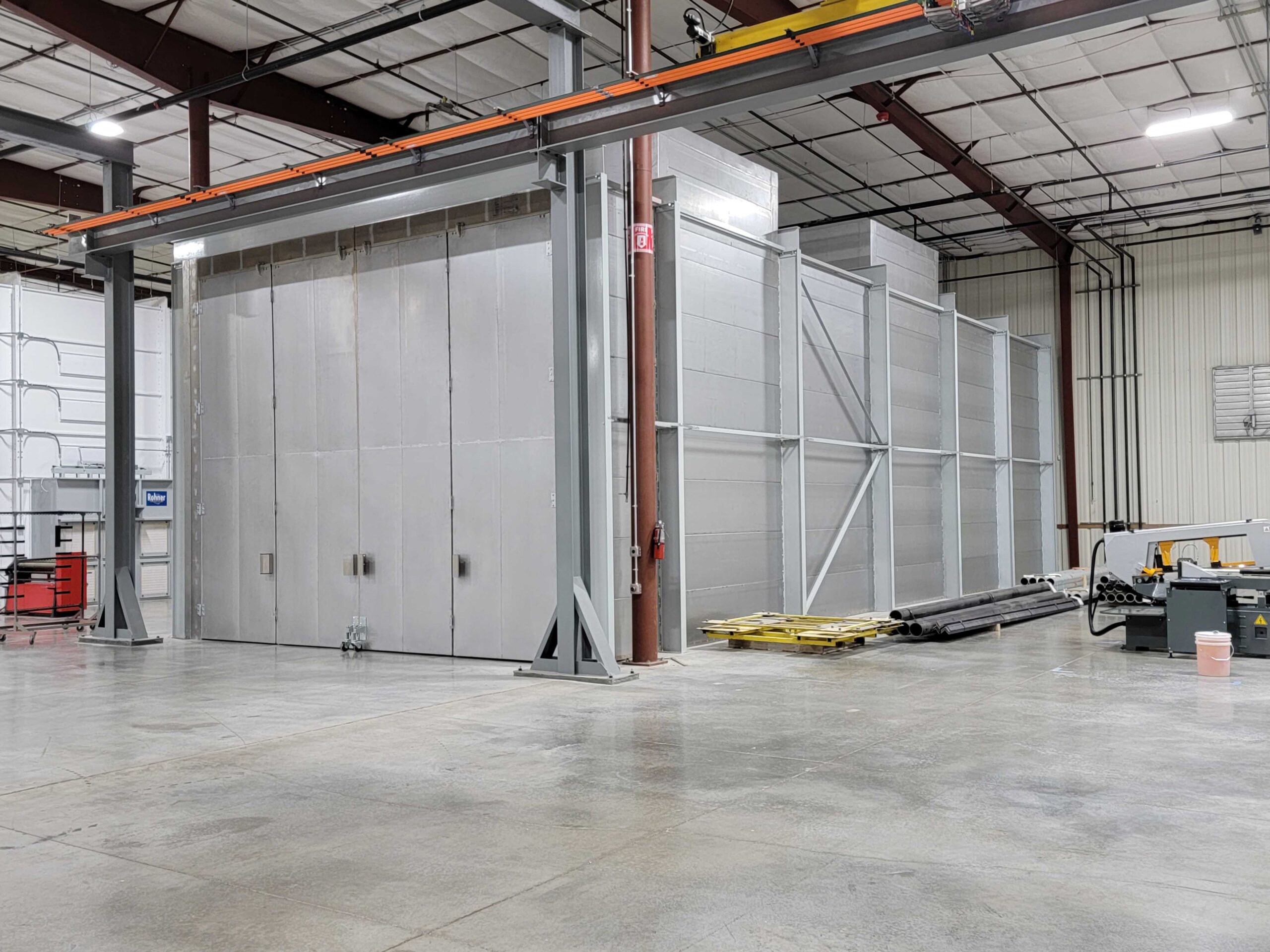When it comes to achieving a flawless finish in powder coating, consistency in color is paramount. The role of powder coating ovens in this process is critical, as they are the heart of the operation, ensuring that each piece comes out with the same perfect hue every time. Understanding how these ovens impact color consistency is essential for anyone involved in the powder coating industry. This blog dives into the key factors that influence color uniformity, shedding light on the nuances of modern powder coating ovens and their effect on the final product.
Temperature Control and Its Impact on Color Uniformity
Temperature control is one of the most crucial aspects of maintaining color consistency in powder coating. The temperature inside the powder coating oven must be carefully monitored and adjusted to ensure that the powder cures evenly across all surfaces. Even a slight variation in temperature can lead to differences in the color and finish, causing some areas to appear darker or lighter than others.
In modern powder coating ovens, precise temperature control systems are employed to prevent such inconsistencies. These systems help maintain a stable environment where the powder can cure uniformly. Without accurate temperature regulation, the risk of color inconsistency increases significantly, leading to potential rework and wasted materials. By investing in a powder coating oven with advanced temperature control features, manufacturers can ensure that their products meet the highest standards of color quality.
How Even Heat Distribution Ensures Consistent Coating Color
Even heat distribution within the powder coating oven is essential for achieving a uniform color across all coated items. If the heat is not evenly distributed, certain areas may cure faster than others, resulting in uneven color. This can be particularly problematic when coating large or complex parts, where some sections may be more exposed to the heat source than others.
Industrial powder coating ovens are designed to provide consistent heat distribution throughout the curing chamber. This is typically achieved through a combination of strategically placed heating elements and efficient airflow systems. By ensuring that every part of the item being coated receives the same amount of heat, these ovens help produce a consistent, high-quality finish that meets customer expectations. Poor heat distribution, on the other hand, can lead to color variations that detract from the overall appearance of the product.
The Role of Curing Time in Achieving Accurate Color
Curing time plays a significant role in determining the final color of a powder-coated item. The time spent in the oven allows the powder to melt, flow, and cure into a durable finish. If the curing time is too short, the powder may not fully melt, leading to a dull or uneven color. Conversely, if the item is left in the oven for too long, the color may darken or become inconsistent.
Modern powder coating ovens are equipped with timers and sensors that ensure each item is cured for the optimal amount of time. These systems help prevent over-curing or under-curing, which can have a negative impact on color consistency. By precisely controlling the curing time, manufacturers can achieve accurate and repeatable color results, ensuring that every item in a batch looks exactly the same. This level of control is especially important for large-scale production, where even small variations in color can lead to significant quality issues.
How Oven Size and Loading Affect Color Consistency
The size of the powder coating oven and how it is loaded can also influence color consistency. Larger ovens may struggle to maintain uniform temperature and heat distribution, especially if they are not loaded correctly. Overloading the oven can cause parts to block airflow, leading to uneven curing and color variations. On the other hand, underloading the oven can lead to wasted energy and inefficient curing, as the heat is not being fully utilized.
When using an industrial powder coating oven, it’s essential to consider the size and layout of the items being coated. Proper spacing and loading techniques help ensure that each part receives the same amount of heat and airflow, resulting in consistent color across the entire batch. Manufacturers must also select an oven size that matches their production needs to avoid issues with overloading or underutilization. By optimizing oven size and loading practices, businesses can enhance color consistency and improve overall production efficiency.
The Effect of Airflow and Ventilation on Coating Color
Airflow and ventilation within the powder coating oven play a crucial role in achieving consistent color. Proper airflow ensures that heat is evenly distributed and that fumes or contaminants are effectively removed from the curing chamber. Inadequate ventilation can lead to hot spots or areas with poor air circulation, resulting in color inconsistencies.
Modern powder coating ovens are designed with advanced airflow and ventilation systems to address these challenges. These systems help maintain a stable environment where the powder can cure evenly without being affected by external factors. By controlling airflow and ventilation, manufacturers can minimize the risk of color variations and produce high-quality, consistent finishes. Poor ventilation, on the other hand, can cause issues such as color streaking or spotting, which can ruin the appearance of the finished product.




